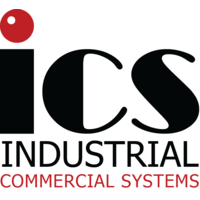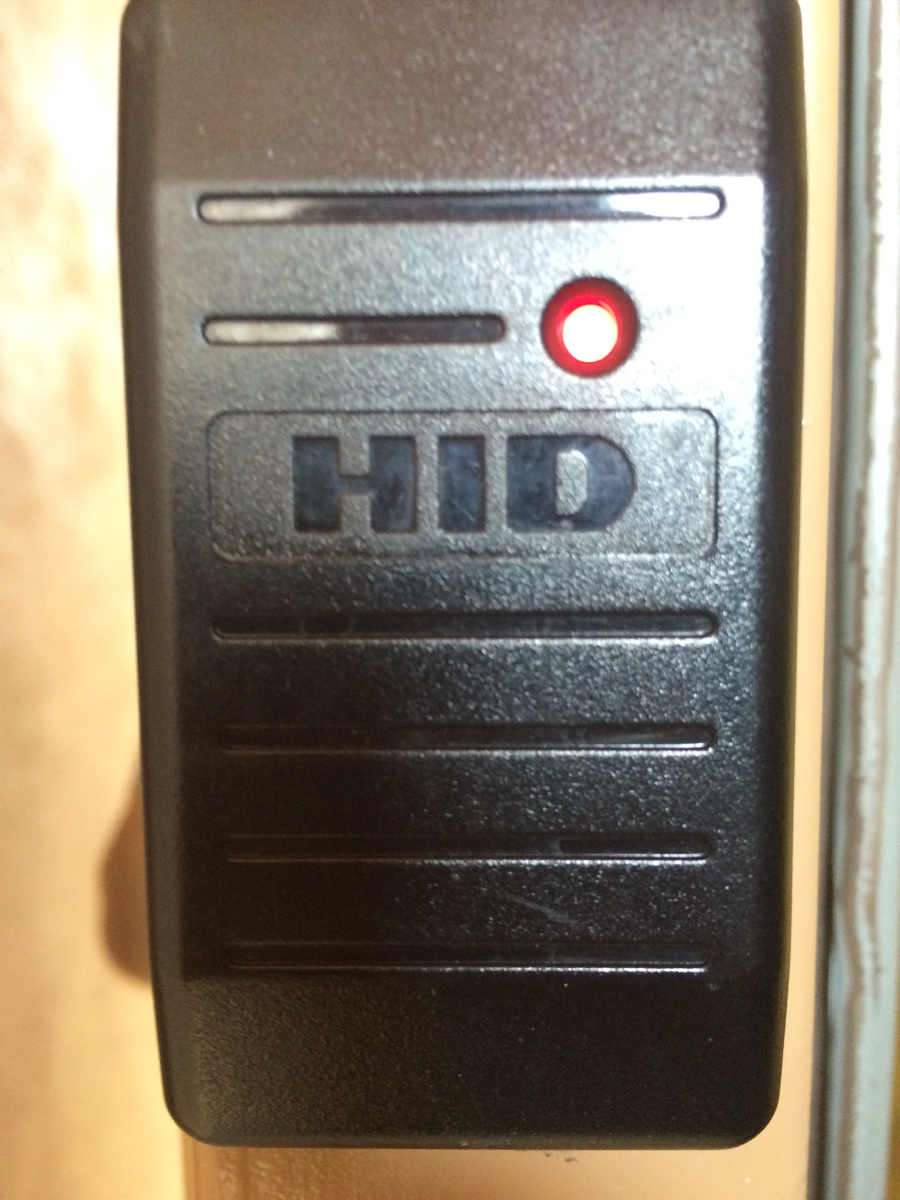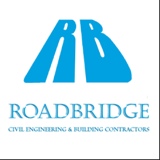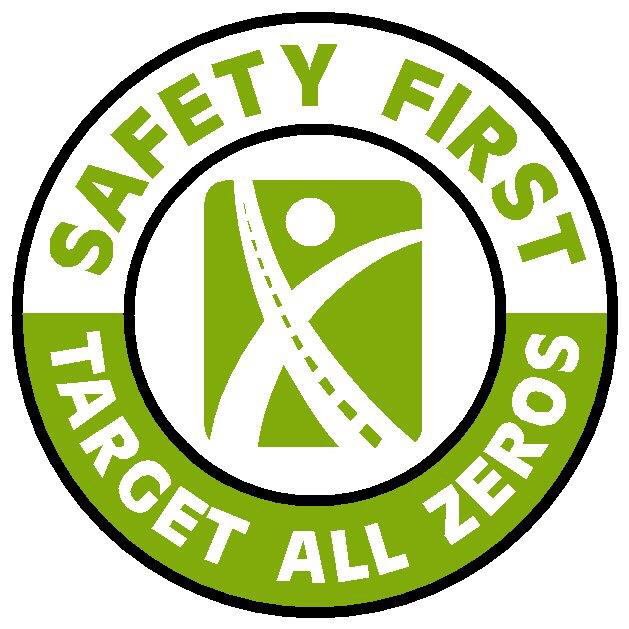Information
-
Audit Title
-
Client / Site
-
Conducted on
-
Prepared by
-
Production Manager
-
Aircraft Type
-
Jobpack I.D.
1.0 - General Safety
-
1.1 - Have appropriate corrective actions been carried out against discrepancies raised during the previous audit?
-
1.2 Are supervisors aware of the Health, Safety & Environment Manuals, Policy Documents, Procedures, Responsibilities and how to gain access to these documents via the Internet?
-
1.3 Are supervisors aware of the accident and fire prevention manual and how to access on the internet?
-
1.4 Are supervisors made aware of the availability of Risk Assessments and how to access them on the internet?
2.0 HANGAR HOUSEKEEPING & GENERAL
-
2.1 Is the area clear of slipping & tripping hazards?
-
2.2 Are all benches tidy?
-
2.3. Are all waste bins regularly emptied?
-
2.4. Does the structure appear in a satisfactory condition?
-
2.5. Are the extractor fans functional?
-
2.6. Is the Earth Bonding lead attached AND subject to regular test/inspection. (HSEQ 11 Form)
-
2.7. Is the hangar lighting adequate?
-
2.8. Are all fire exits clearly marked and kept clear?
-
2.9 Is the paint mixing room/spray booth clean and tidy?
-
2.10. Are the tow bars stored in the correct location & listed on maintenance schedule?
-
2.11. Is the hangar cleaning checklist being used and adhered to?
-
2.12. Has the pre input FOD sweep been completed?
3.0 SECURITY
-
3.1. Is the main entrance door secured by means of an electronic pass lock system?
-
3.2. Are other doors secured so as to prevent access to the work area from landside?
-
3.3 If ITAR related aircraft is in work check all operatives are security cleared and have received ITAR training.
-
3.4 Check all ITAR documents are controlled and are identified as ITAR and are in a secure area.
-
3.5. Check the ITAR document control register is up to date and is signed and stamped.
4.0 WELFARE FACILITIES
-
4. 1. Is there adequate provision for the storage of clothing and personal effects?
-
4.2. Is the lighting adequate?
-
4.3. Is the heating and ventilation adequate?
-
4.4. Satisfactory cleanliness of drink making area, refrigeration and waste provision?
5.0 STORES (Incl Paint, Dry Stores etc)
-
5.1. Are all gangways and exits free from obstruction?
-
5.2. Are storage racks and shelves secure and adequate for purpose?
-
5.3. Are materials/Spares safe and unlikely to fall or collapse?
-
5.4. Does the paint & dry store have a temperature and humidity recording device bearing a current calibration sticker?
-
5.5. Are the paint store records for temperature and humidity fully up to date & without gaps?
-
5.6. Are the Dry Stores records for temperature and humidity fully up to date & without gaps?
-
5.7. Do all opened paint tins bear a green Use by label?
-
5.8. Do all opened thinners bear a red label?
-
5.9. Are the paints and consumables within use by dates (sample check)
-
5.10. Is paint for disposal segregated from paint to use?
-
5.11. Do all paint, thinner and wet products bear the Air Livery Serial number stickers?
-
5.12. Are delivery notes stamped, signed and ticked in accordance with WP9 – and been checked against PO`s?
7.0 FIRST AID
-
7.1. Are all eye wash kits/bottles checked, up to standard and in date?
-
7.2. Are all first aid kits accessible and up to standard?
-
7.3. Are injuries correctly entered into the accident book?
-
7.4. Is the list of qualified first aiders prominently displayed?
-
7.5. Do the listed first aiders hold a valid and in date First Aid Certificate?
8.0 RESPIRATORS/BREATHING EQUIPMENT
-
8.1. Is air fed equipment regularly serviced and cleaned?
-
8.2. Is air fed equipment being used by Sprayers and Linesmen?
-
8.3. Are respirator cartridge type half masks cleaned?
-
8.4. Are respirators/half masks available?
-
8.5. Is respiratory/breathing equipment appropriate for the task being carried out (i.e. chemical, fume etc)?
-
8.6. Is the testing of breathing air quality fully up to date?
9.0 WORKING AT HEIGHT
-
9.1. Are personnel protected from falls when working at height on scaffold?
-
9.2. Are overhead safety lines and harnesses provided?
-
9.3. Are guardrails fitted to scaffold and equipment for working at height?
-
9.4. Are aircraft entry door & wing stands provided where required?
-
9.5. Are toe boards fitted to scaffolds?
-
9.6. Are tail dock boards in satisfactory condition?
-
9.7. Are harness inspections up to date and available to view?
10.0 MATERIALS HANDLING
-
10.1. Are the loads capable of being handled manually or if not are mechanical means of lifting available?
-
10.2. Are the containers/boxes in sound condition?
-
10.3. Have employees received manual handling training?
11.0 LIFTING EQUIPMENT
-
11.1. Are all lifting equipment statutory checks carried out by insurance surveyors?
-
11.2. Is all lifting equipment correctly marked with safe working loads?
-
11.3. Are safety harnesses and safety lines & lanyards checked regularly?
-
11.4. Are test dates available for all lifting equipment and lifting machinery?
12.0 TRANSPORT/FORK LIFTS
-
12.1. Are fork lift truck drivers trained and certified?
-
12.2. Are only authorised & trained personnel allowed to drive other types of mobile elevating work platform?
12. REFUEL/DEFUEL PROCEDURE
-
12.1 Is adequate number of personnel trained on refuelling/defuelling of aircraft?
-
12.2. Is the correct method of refuelling/defuelling known?
-
12.3. Is microbiological test performed and samples kept securely?
-
12.4. Are records kept of refuelling/defuelling?
-
12.5. Is bowser/rig being regularly serviced?
13.0 ELECTRICAL
-
13.1. Are all electrical extension leads/boxes in good working order?
-
13.2. Are electrical items PAT Tested and bearing a PAT testers label? – Sample Check.
-
13.3. Is wiring that can be easily seen in good, undamaged order?
-
13.4. Are overhead cables secured correctly?
-
13.5. Are the tail dock electrics (where fitted) in good order?
14.0 GAS CYLINDERS
-
14.1. Are gas cylinders properly stored?
-
14.2. Are full and empty cylinders correctly segregated?
-
14.3. Is the correct method of handling cylinders known?
-
14.4. Is the warning signage present and adequate at the storage area?
15.0 FIRE
-
15.1. Are all fire exits clearly marked and kept clear?
-
15.2. Are all fire walkways clear?
-
15.3. Are all fire points free from obstruction?
-
15.4. Are all fire extinguishers the correct types for<br>the area, serviceable and in date?<br>
-
15.5. Is all fire, fire point, exit and alarm call point signage adequate and clearly visible?
-
15.6. Is the record of weekly fire alarm checks up to date?
-
15.7. Is the record of fire and evacuation drills up to date?
-
15.8. Have all unnecessary fire hazards been removed?
-
15.9. Is the fire risk assessment still current?
-
15.10. Is the DSEAR Assessment still current with information displayed on site?
16.0 SCAFFOLD AND EQUIPMENT STANDS
-
16.1. Are suitable handrails fitted and secure?
-
16.2. Is the scaffolding structure stable?
-
16.3. Are stepladders and steps free from defects?
-
16.4. Are stands in a safe condition?
-
16.5. Does the scaffold currently display a green “Scaff Tag”?
-
16.6. Is Progressive Sign off being used on scaffolds?
-
16.7. Are scaffold components, tubes etc in good order and free from damage?
-
16.8. Is the scaffold free from stored scaffold components?
-
16.9. Is unused scaffold identified as unsafe to use or physically secured against use?
-
16.10. Is the scaffold free of excessive gaps?
-
16.11. Are completed, signed and accepted scaffold handover certificates and pre use scaffold inspection checklists present in job pack?
-
16.12. Is the scaffold signed off as safe to use by the scaffold contractor and accepted by the supervisor in the job pack?
17.0 ENVIRONMENTAL PROTECTION
-
17.1. Is all hazardous waste correctly disposed of?
-
17.2. Are waste chemicals, oils, & fuels stored in/on bunded fluid capture areas?
-
17.3. Are all staff aware of emergency spillage procedures?
-
17.4. Is the Daily Emission check fully up to date?
-
17.5. Is the asbestos report fully up to date with no signs of further damage?
18.0 JOB PACK & INPUT
-
18.1. Does the job pack correctly identify the current phase of works, signed and stamped where necessary to demonstrate this?
-
18.2. Are the Start and End of Shift Supervisors Checklists fully up to date?
-
18.3. Is Tool Belt Checklist Up to date? Perform 1x sample check.
-
18.4. Is the hangar temperature and humidity recorder set and working correctly?
-
18.5. Has the FOD section been completed to show masked and where applicable de masked areas?
-
18.6. Have any drawing exceptions been listed?
-
18.7. Have all batch numbers and sticker numbers been entered into the job pack?
-
18.8. Have expiry dates of paints, solvents and strippers been entered into the job pack?
-
18.9. Has viscosity recording taken place and been entered into the job pack?
-
18.10. Has the contract review production checklist been completed for sales & Marketing and Production
-
18.11. Have all drawings and documents issued been recorded with revisions and or dates?
-
18.12. Check if section Zero (Any Items removed from a/c) has been completed and confirm this verbally with supervisor.11. Check if section Zero (Any Items removed from a/c) has been completed and confirm this verbally with supervisor.
-
18.13. Has the pre input damage inspection been completed and recorded in the job pack?
-
18.14. Has Correct temperature and humidity been recorded (IAW TDS) in job pack for each process AND IN SEQUENCE? i.e. Primer, top coat etc.
-
18.15. Do suitable drawings exist for location, size and position of markings and livery? If not – has this been entered onto in process risk page?
-
18.16. Have additional engineering works been included on the in the additional work sheets and updated onto the in process risk page. (Scratches etc) and signed and accepted by an engineer or customer.
-
18.17. Check job pack drawings and issue status against job pack drawings page.
19.0 HR & TRAINING RECORDS 9001:2008 (6.2)
-
19.1 (6.2.1) Human Resources (General)<br>Is competency for personnel who perform work affecting product quality based on appropriate education, training, skills, and experience? Has induction, Scribe line training and human factors been given? (Sample Check)<br>
-
19.2 (6.2.2) Competency, awareness and training<br><br>Has the organization :<br><br>A. Determined the necessary competency for personnel performing work affecting product quality?<br>B. Provided training or take other actions to satisfy these needs?<br>C. Evaluated the effectiveness of the actions taken?<br>D. Ensured that employees are aware of the relevance and importance of their activities and how they contribute to the achievement of the quality objectives<br>E. Maintained appropriate records of education, training, skills and experience.<br>
20.0 GRAPHICS SPECIFIC
-
20.1. Is Drawing control complied with in accordance with WP23?
-
20.2. Is contract review WP01-H, in accordance with WP01 carried out for external sales of decals. (Sample Check)
21.0 SAFE SYSTEMS OF WORK
-
21.1. Sample check of 2 SSW`s for on site compliance and adherence.
Sign Off
-
On site representative
-
Auditor's signature












